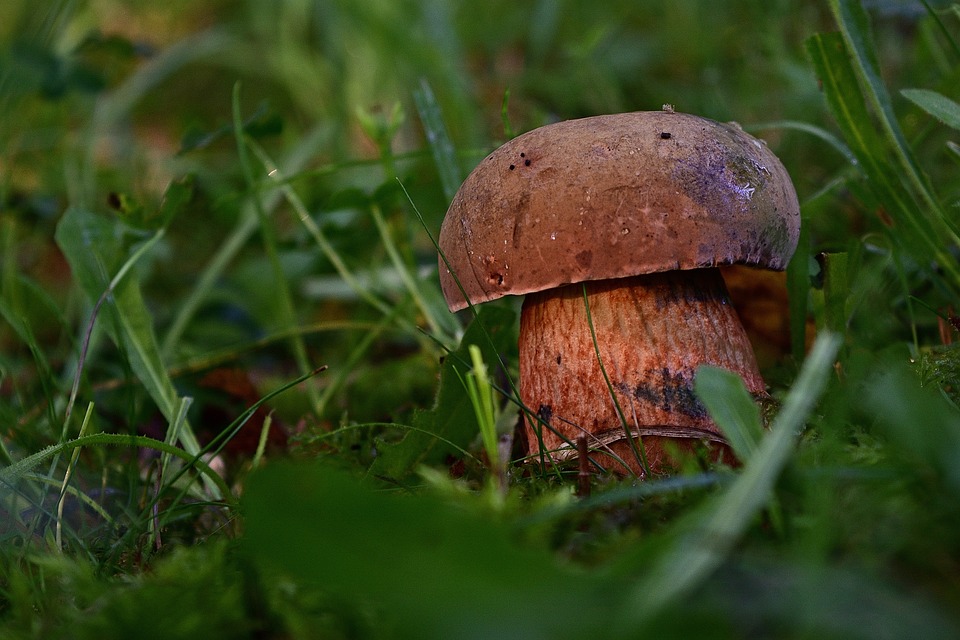Title: Gargantuan Gas Giants: Unraveling the Mysteries of Jupiter’s Colossal Size and Composition
Introduction:
Jupiter, the largest planet in our solar system, is so massive that it makes all other planets look like specks of dust. This colossal gas giant fills out two-fifths of the entire mass of the sun. It’s a giant, not just in size but in mystery, and unraveling its secrets can unlock important pieces of our knowledge about our universe. In this article, we’ll delve into the mysteries of Jupiter’s incredible size, composition, and captivating features. Also, at the end of this article, we’ll provide a FAQ section with answers to common questions about Jupiter.
Jupiter’s Colossal Size:
Jupiter’s size is one of its defining traits: it is the largest planet in our solar system with an equatorial diameter of almost 143,000 kilometers. To put that in perspective, twelve Earths could fit across Jupiter! However, despite its massive size, Jupiter has far less mass than the sun. This is because Jupiter is a gas giant made up of mostly hydrogen and helium, making it less dense than Earth.
Composition of Jupiter:
Jupiter’s composition is quite fascinating. The planet has a thin layer of liquid water above the rocky core and is primarily made up of hydrogen and helium, making it classified as a gas giant. Around 90% of this enormous planet consists of hydrogen. The sun, for instance, also has a similar proportion of hydrogen. The second most prominent element is helium, accounting for nearly 10% of its mass. It’s also worth noting that Jupiter’s colorful bands are a result of chemicals such as ammonia crystals, water, and compounds of sulfur.
The Atmosphere of Jupiter:
Jupiter’s atmosphere is characterized by its magnificent storms, such as the famous Great Red Spot. This massive storm, which has been ongoing for more than four centuries, measures 24,000 kilometers across. Jupiter’s atmosphere also features other interesting phenomena, like the planet’s lightning storms that are thousands of times more powerful than those on Earth and its mysterious magnetic field, which is 14 times stronger than Earth’s.
The Mysteries of Jupiter:
Jupiter continues to intrigue researchers and astronomers alike as it holds many mysteries. It has rings, although not as organized as Saturn’s; a protoplanetary belt of small Jupiter-family comets, and an intense and powerful radiation belt. Also, one of the most remarkable features of Jupiter is the Great Red Spot, a storm so large with winds traveling at 62,000 kilometers per hour.
Image:
[An image of Jupiter – either NASA’s Juno mission images or a Hubble Space Telescope photo]
FAQs about Jupiter:
1. How many moons does Jupiter have?
Jupiter, the largest planet in our solar system, has a staggering number of 79 known moons.
2. Why is Jupiter’s color so brilliant?
The colors on Jupiter are caused by the various chemical compounds present in its high, upper atmosphere. These compounds, along with ammonia crystals and other materials, interact with sunlight and create the beautiful swirling colors we see today.
3. How does Jupiter’s gravity compare to Earth’s?
Jupiter’s gravity is more than twice as strong as Earth’s, due to its massive size. It can be up to 2.5 times stronger than Earth’s at the planet’s surface.
Conclusion:
Jupiter remains a planet filled with intriguing mysteries waiting to be explored and studied. With its massive size, vibrant atmosphere, and numerous moons, this gas giant serves as a window into the incredible complexities of our universe. Keeping an eye on researchers’ fascinating discoveries, who may find out even more captivating secrets about our surrounding space.


